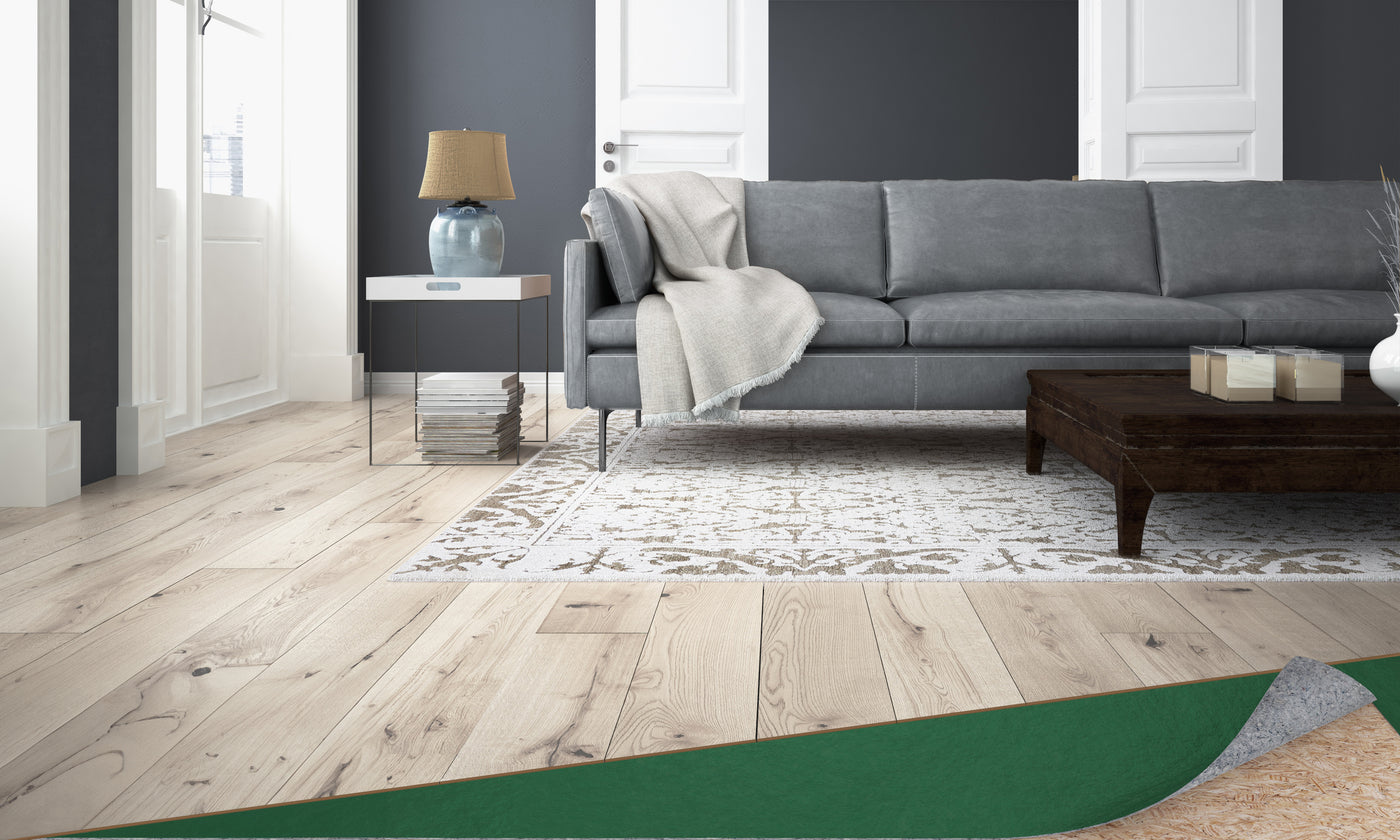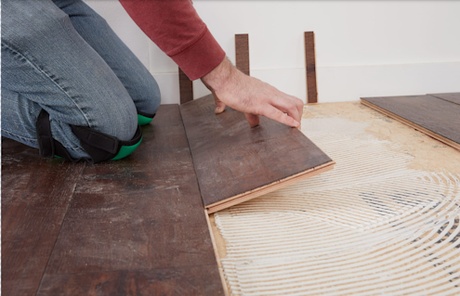What is underlayment in flooring and why do I need it?
Underlayment is a thin layer installed between your subfloor and flooring. It improves comfort, reduces noise, provides insulation, and helps protect against moisture, making it essential for most laminate, vinyl, and hardwood floor installations.
What type of underlayment should I use for vinyl plank flooring?
Use a moisture barrier underlayment or a foam underlayment with built-in vapor protection. Look for underlayment labeled as suitable for vinyl flooring to ensure stability and long-term performance.
Is underlayment required for laminate flooring?
Yes, laminate flooring typically requires underlayment to provide cushioning, reduce noise, and create a moisture barrier. Many laminate floors at Lumber Liquidators are compatible with foam or felt underlayment options.
What’s the best underlayment for hardwood floors?
Felt underlayment is ideal for hardwood flooring. It offers superior sound absorption, durability, and support while helping smooth out minor subfloor imperfections.
Do I need a moisture barrier underlayment?
Yes, especially if installing flooring over concrete or in moisture-prone areas like basements, kitchens, or bathrooms. Moisture barrier underlayment help prevent warping, mold, and mildew.
Can I use underlayment with radiant heat systems?
Yes. Look for radiant heat underlayment designed to be safely used with in-floor heating. It enhances heat transfer while protecting the floor from thermal expansion.
What thickness underlayment do I need?
Most underlayment range from 2mm to 6mm. Thinner options are ideal for vinyl and engineered floors, while thicker felt or foam underlayment provide more comfort and sound insulation for laminate or hardwood.
Can underlayment reduce noise between floors?
Yes. Felt and premium foam underlayment offer excellent sound reduction, especially in multi-story homes, apartments, or rooms above basements.
Does underlayment help with uneven subfloors?
Underlayment can help correct slight imperfections in the subfloor, but it’s not a substitute for leveling. Choose a thicker underlayment if minor leveling is needed.
Where can I buy quality underlayment flooring?
Lumber Liquidators offers a wide range of underlayment flooring, including foam, felt, moisture barrier, and radiant heat options, available in multiple sizes and thicknesses to fit any flooring type or room.























